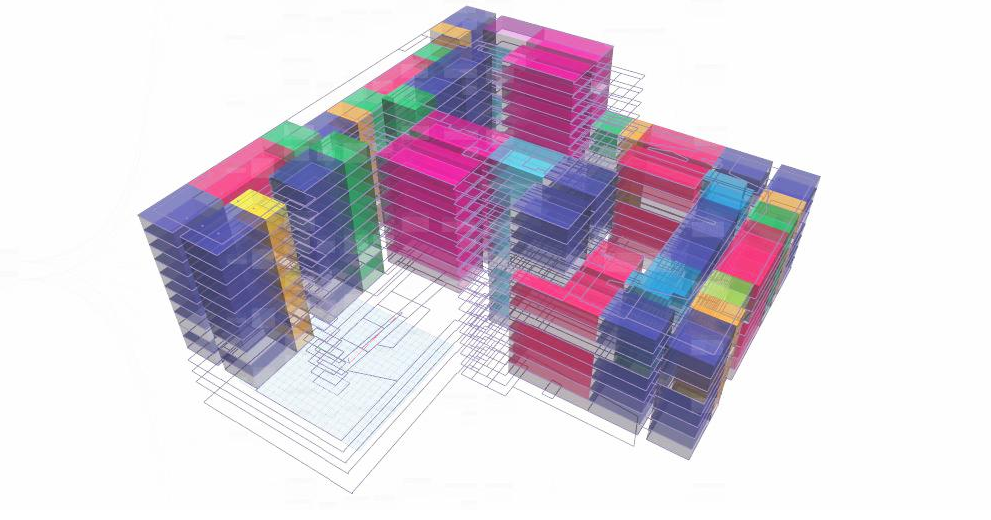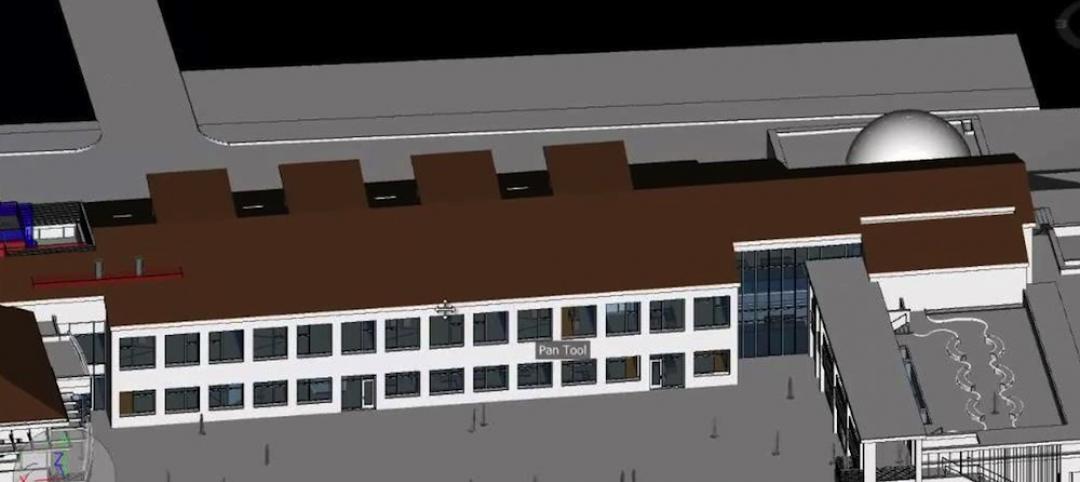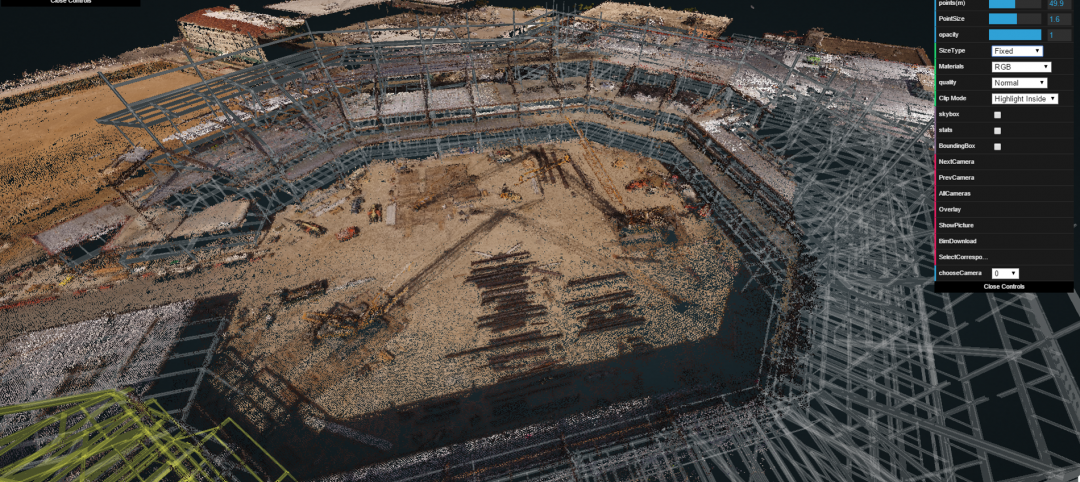At the BLDGS=DATA symposium in New York this spring, the discussion focused on strategies for harnessing the massive amount of data made available by modern technology. An increased capacity for analysis has led to immense data generation and an unprecedented ability to identify correlations. The AEC industry today is grappling with ways to make the best use of it and to develop standard processes for leveraging and sharing it.
This surge of data is changing the very nature of design as architects begin to embrace a much more data-driven approach. Advances in building information modeling (BIM) allow for more thorough project documentation and the ability to share building information with contractors. Intricate digital models and environmental simulation enable offsite fabrication methods and building systems improvements that have the potential to increase quality and reduce construction costs. Most importantly, access to vast quantities of data is helping design teams better understand a client’s needs and can be used to validate a particular design decision beyond previously available means.
With an increased capacity for capturing data, it is imperative not to get lost in the white noise. The seemingly limitless stockpiles of information must be strategically vetted for meaningful interpretation with a focus on the value it provides to the process and the end product. One of the most evident attempts to find a balance between data and technology is the current infatuation with computational design, with its powerful new software platforms, intricate parametric tessellations, and innovative materials.
How can architecture make the most of the growing data movement? The true promise of this information age is not iteration and automation but the ability to substantiate expertise and predict outcomes.
To better position themselves to do so, architectural practices must acquire and develop new skills to be able to filter and find value in the newly available data sources. Computer science will become an essential component of design education and graduates will be encouraged to form much more integral partnerships with engineers, construction managers, and environmental sustainability experts. Architects must seek data collection and information management techniques to help inform their process, exhaust possibilities, and confirm design outcomes. The evolution of the practice of architecture is about changing our mentality and approach: broadening our thinking, not necessarily eliminating tradition. While technology is becoming a powerful tool, the most critical role belongs to the individual who, alone or as part of a greater whole, is harnessing that power.
Ultimately the AEC industry as a whole will benefit from an increasingly data-driven approach to design and construction that promotes improved communication, better quality projects, and fewer hindrances to the building delivery process.
About the Author: Kyle Martin is a member of Shepley Bulfinch’s architectural staff. He is a co-founder of the Boston Society of Architects Revit Users Group’s “Dynamo-litia” and currently teaches Advanced Revit and Computational Workflows at Boston Architectural College.
Related Stories
AEC Tech | May 9, 2016
Is the nation’s grand tech boom really an innovation funk?
Despite popular belief, the country is not in a great age of technological and digital innovation, at least when compared to the last great innovation era (1870-1970).
Big Data | May 5, 2016
Demand for data integration technologies for buildings is expected to soar over the next decade
A Navigant Research report takes a deeper dive to examine where demand will be strongest by region and building type.
BIM and Information Technology | May 2, 2016
How HDR used computational design tools to create Omaha's UNO Baxter Arena
Three years after writing a white paper about designing an arena for the University of Nebraska Omaha, HDR's Matt Goldsberry says it's time to cherry-pick the best problem-solving workflows.
Drones | Apr 25, 2016
The Tremco SkyBEAM UAV is the first to be approved by the FAA for nighttime commercial operation
The SkyBEAM UAV is used for identifying energy leaks, rooftop damage, deteriorating façades, and safety issues without requiring scaffolding or cranes.
BIM and Information Technology | Apr 21, 2016
U.K. imposes BIM requirement on government projects
U.S. unlikely to follow suit.
AEC Tech | Apr 15, 2016
Should architects learn to code?
Even if learning to code does not personally interest you, the growing demand for having these capabilities in an architectural business cannot be overlooked, writes computational design expert Nathan Miller.
Building Tech | Apr 12, 2016
Should we be worried about a tech slowdown?
Is the U.S. in an innovative funk, or is this just the calm before the storm?
BIM and Information Technology | Apr 8, 2016
Turner streamlines construction progress tracking using predictive visual data analytics
The construction giant teams with a computer science and engineering professor to develop a clever drone- and rover-based construction monitoring tool.
BIM and Information Technology | Apr 5, 2016
Interactive 3D map shows present and future Miami skyline
The Downtown Miami Interactive 3-D Skyline Map lets users see the status of every downtown office, retail, residential, and hotel project.
AEC Tech | Mar 31, 2016
Deep Learning + AI: How machines are becoming master problem solvers
Besides revolutionary changes to the world’s workforce, artificial intelligence could have a profound impact on the built environment and the AEC industry.

















